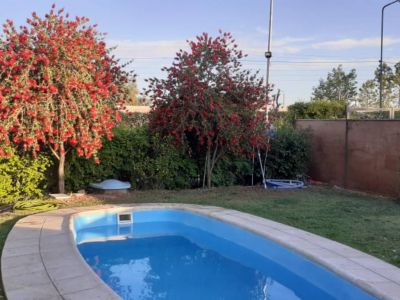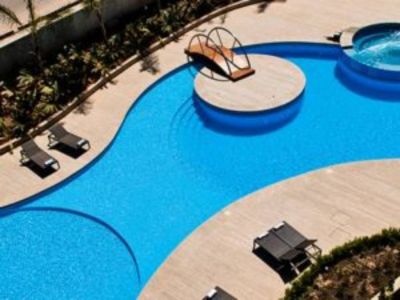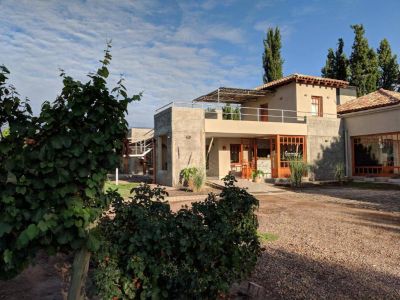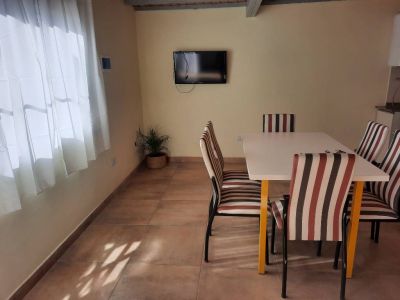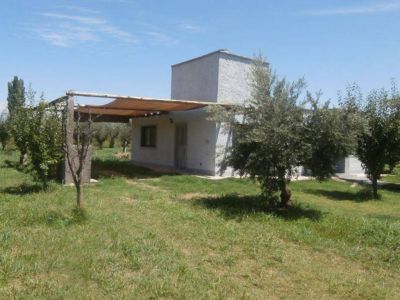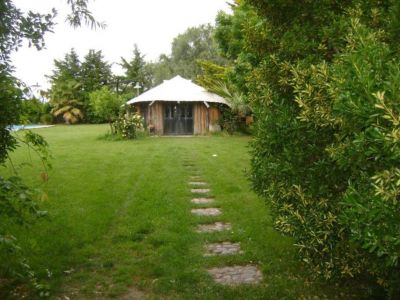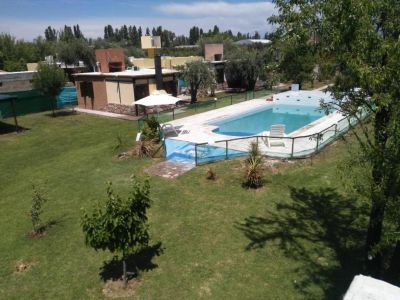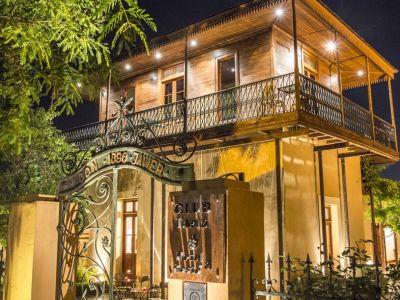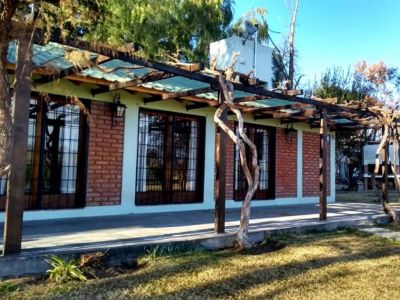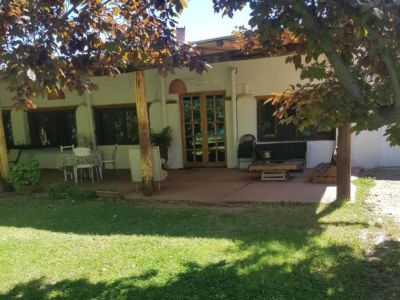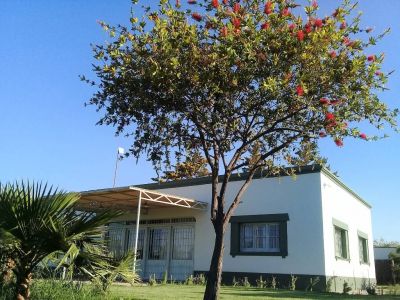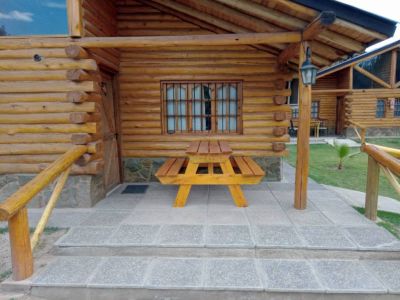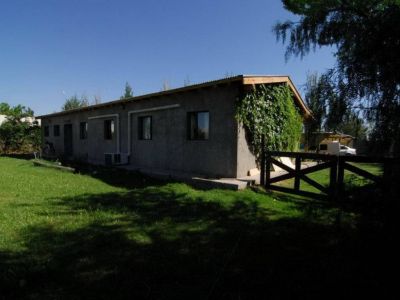Printed on wine labels, barrels, casks, façades, its logo features the head of a bull. Even materialized in a large iron bull exposed in at the entrance of the venue, it is more than clear that such image was very important for the founders of this winery.
During one of the typical guided tours around the winery, the descendants of the founders told us that small drops of champion bull blood were added in the process of winemaking for decades. This made this winery and Argentina famous worldwide.
Back in 1887, Juan Giol and Bautista Gargantini became partners in order to develop winegrowing, a booming activity in the province. They bought some hectares in Maipú, as they considered the soil and the temperature extremes were the best in the area to make wine.
Thus, La Colina de Oro was founded. They took a couple of years to raise it. The first wines were made in 1898 but it was in 1904 when the benefits of so much effort started to be appreciated. Then, these men purchased 7,000 hectares of vineyards and fields to add to their winery and they became the richest winegrowers in the country.
Giol Winery or the Former Largest Winery in the World
The Largest Winery in the World
On the days of the celebration of Argentina’s Centennial in 1910, the winery used to be considered the largest in the world and the history of its founders, two humble immigrants that came along to America, was already famous.
Giol winery and vineyards occupied around 260 hectares in the heart of Maipú. Even today, the vestiges of this giant may be observed. Its huge facilities, the pools where the future wine was separated from the grape juice and the large barrels where the product was then stored.
This huge business once had branches and distribution centers all throughout the country, even in Buenos Aires, in the very neighborhood of Palermo.
The Most Beautiful Barrel in the World
The winery was built and rebuilt as the wine production increased. The enormous profit made by the company would be invested in machinery, sheds, new vines, cutting-edge technology, inventions, and the like. As a result, the winery became responsible for half the total production of wine in Argentina in 1911, under the technical direction of Tobías Noseda and accountant Iride Marelli.
At present, there are vestiges of the glory of those days. One of them is seen during the guided tour, downstairs, in the core of the former winery. We are talking about a monumental oak barrel that contained the best vintages for years.
The barrel still remains standing and unveils the hard work made by blacksmiths and craftsmen who gave life to a sculpture on the very wall of the wooden cask. It consists in men and women working the vines during the harvest, and there is a head symbol to each side. A perfect work of art that manifests the importance of the winery in the life of this city and the future of Argentinian wine.
The rest of the history has some numbers to consider. During its time of glory, the winery would produce almost 300,000 hectoliters of wine; it would have eight basements, a thousand oak barrels and casks, two sinks for four thousand bottle blends and 270 fermentation casks. Four hundred workers and operators were employed there and built their houses around the venue.
Back to the Motherland
Already a millionaire, Bautista Gargantini resolved to retire from society in 1911 and returned to his hometown. Juan Giol decided to continue with the industrial and commercial management of the company. For such purpose, he created a new partnership with Banco Español del Río de la Plata. But also in 1915, after a trip to Udine, Italy, Giol sold his business to the bank and went back to his motherland for good.
History goes that after some financial difficulties and bad harvests, Banco Español sold 51 % of the stocks to the Province of Mendoza and that in 1964, the province owned the entire winery. The aim of this purchase was the regulation of winegrowing activities in Mendoza.
Pablo Etchevers
Pablo Etchevers
Contact of the excursion or tour
Ex–Bodega Giol
Ozamis 1040, Maipú, Mendoza, Agentina
Phone: +54 261-4976777















